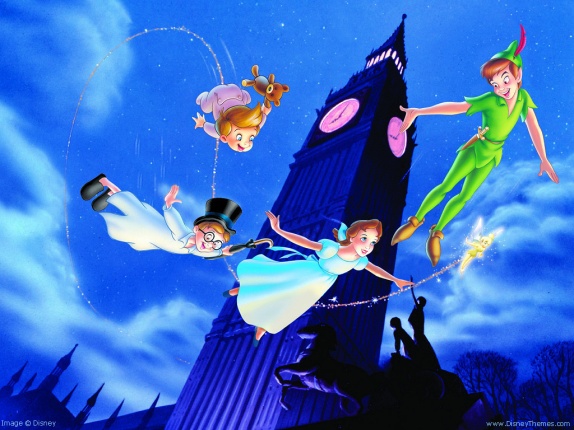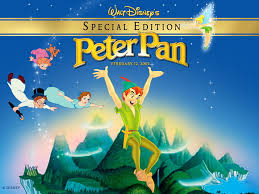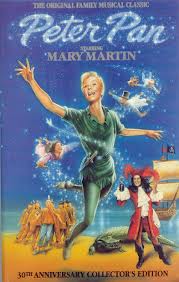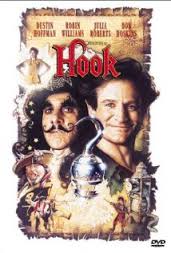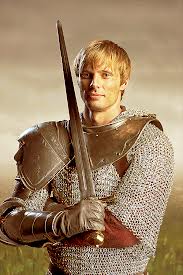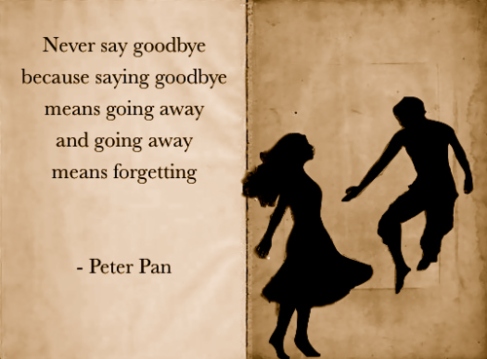Something that struck a chord with me with this weeks’ reading of A.A. Milne’s The Complete Tales of Winnie-the-Pooh and The House At Pooh Corner, is how different a character Christopher Robin is from Peter Pan. Also, please note that the Peter Pan that I will be referencing is the Peter from Peter and Wendy.
Within these novels we see two young boys who live in a world filled with fantasy and magic. Both boys have a band of merry friends and are somewhat seen as the leaders within there groups. They seem to be the problem solvers and decision makers when questions are asked and decisions need to be made. Both Christopher Robin and Peter Pan enjoy going on adventures with their friends and exploring.
However, there are numerous differences between Christopher Robin and Peter Pan. One contrast is education. Peter Pan has fled to Neverland where he lives without any schooling or education, but Christopher Robin spends his mornings getting an education and even teaches his friends in the Hundred Acre Woods some letters and spelling.
Another difference is quite possibly the most important difference between the two boys. Peter does not wish to grow up at all and even goes so far to refuse to do so. Christopher Robin does not seem to wish to grow up but he also understands that this is something that must occur. He spends the time to say goodbye to Pooh and to ask him to never forget him and his pledge to return to their enchanted place.
The idea of growing up can be disillusioning to children but it is a practical idea and Milne has taken the time to show how growing up is inevitable but at the same time if you maintain a desire to remain youthful you can.



